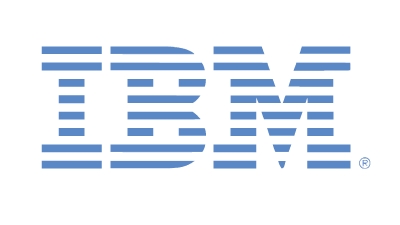5 Tips For Rationalizing Multiple Salesforce CRM Installations
Submitted by Heather Clancy on

It's getting increasingly rare to encounter enterprise businesses where a Salesforce.com installation is a completely green field opportunity.
The customer relationship management (CRM) market leader grew its revenue an astonishing 30.3 percent during 2013, according to the latest tally from Gartner. Its share last year was approximately 16.1 percent, compared with 12.8 percent for the No. 2 player, SAP.
It's far more likely, then, that solution providers or integrators will be called in to help integrate Salesforce with legacy applications or, as is increasingly the case, to help rationalize several different instances of the CRM system that might have cropped up organically in different business units across a company.
Cloud Sherpas faced one such situation in late 2013: the integrator was called in to help merge three different installations for Panasonic System Communications Co. Europe, involving 35,000 customer accounts, 38,000 contacts and more than 30,000 opportunities. "It was like constructing an airliner when it was in flight," Stephen Yeo, marketing director for Panasonic, said at the time. The project took nine months to pull off.
Nick Hamm, regional practice lead for cloud integrator Appirio who is recognized as a Salesforce MVP, said consolidation discussions are far more common than just 12 months ago as the cloud CRM market matures. "There is a lot of perception that you need to put multiple Salesforce implementations together," Hamm said.
It's not uncommon to run across enterprises where there are three, four or even five different installations, often the result of a merger. The answer isn't always to collapse those deployments into one master instance, but usually there's a case to combine them. "It's usually pretty rare where you don't merge any instances at all," he said.
Figuring out which scenario is right for the situation at hand has far less to do with the technology than with what makes sense for the company's business processes. "The technical pillars are the least common reason for not doing this," Hamm noted.
After managing dozens of consolidation situations, Hamm suggests that business process experts on your technical team can come up with the right integration formula by doing the following.
- Understand the main motivation behind the consolidation discussion. Are cost-cutting measures or the urge to innovate – to create a 360-degree view of customer interactions -- behind the interest in integration? Even more important, do the core business processes within the organization align with this idea or will your team be fighting an uphill battle? Will the size of the organization create challenges? "The technical tidbits that you collect are critical to sizing and understanding whether or not you will get into a pickle during a consolidation," Hamm said.
- Identify internal stakeholders who can become champions. Find the individuals who support the integration and that actually have the power to influence project decisions. Then, make them allies.
- Determine how much information really needs to be shared across business divisions. If a company manages business-to-business and business-to-consumer sales pipelines, are there logical points of intersection? The answer may be "No." Investigate whether the processes for managing prospects are similar across the different installations or whether they require process changes that might slow down design and adoption. If you're dealing a company that sells products that are sometimes competitive, it might make sense to keep things separate. Conversely, having one Salesforce implementation -- or several designed in the same way -- might be critical for an organization trying to transform its customer service organization.
- Avoid the "big bang" approach. Tempting as it might be to promise the world immediately, the cloud-enabled world of Salesforce CRM lends itself to phased rollouts. Your job No. 1 with an integration project should be to focus on delivering meaningful changes, quickly, getting users on board with the changes and then moving forward from there. "We want to provide the most amount of value in the least amount of time," Hamm said.
- Help the client establish a center of excellence. Keep progress alive by assembling a team of internal stakeholders who are responsible for advising the IT organization about Salesforce needs over time. One way to do this might be encourage use of the Chatter collaboration and communications facility that comes with Salesforce. But since sales processes evolve and change on an almost quarterly basis, the opportunity for full-on work is real – and ongoing – if your team retains the right connections with the client.






